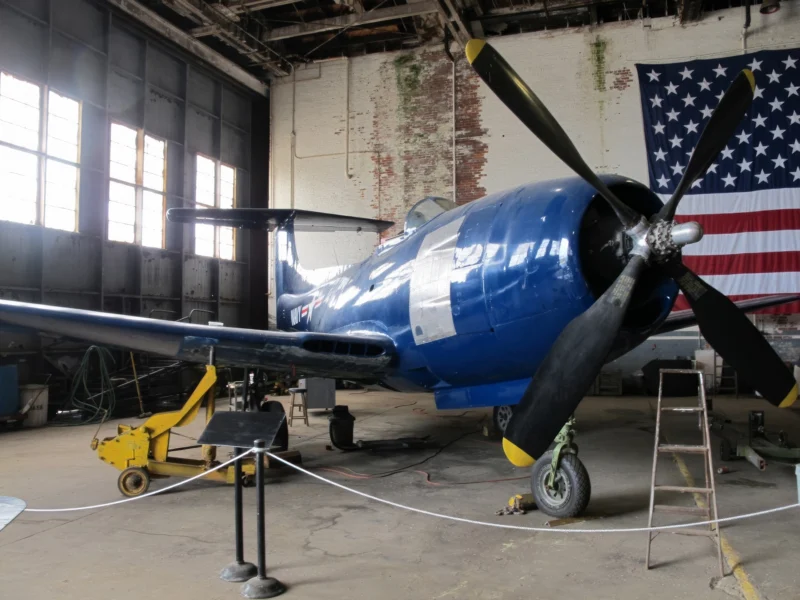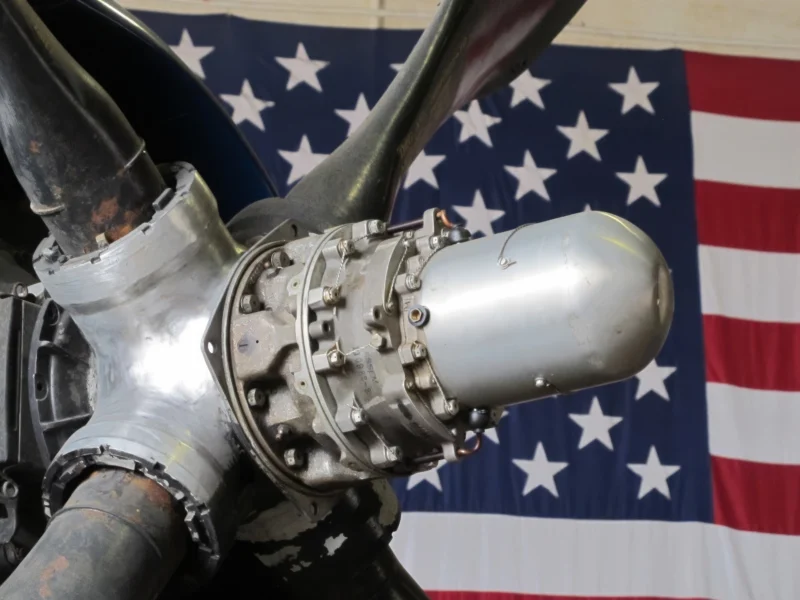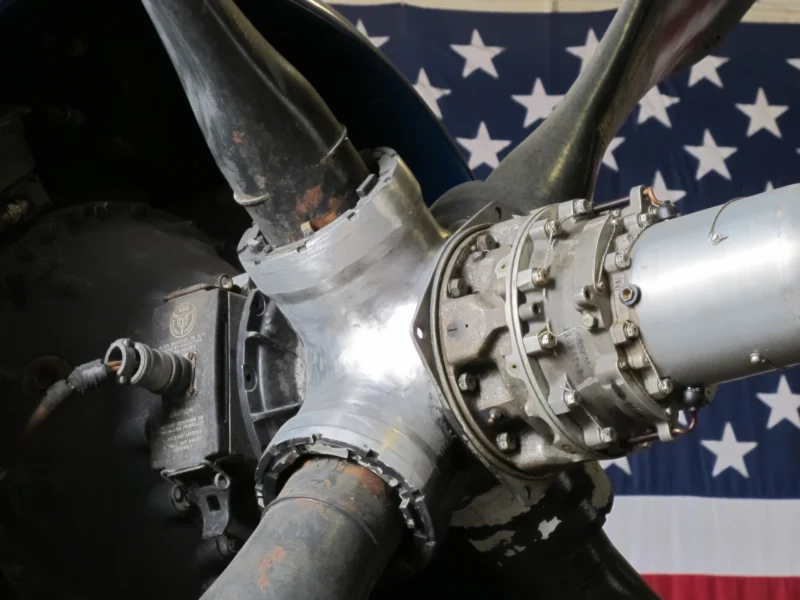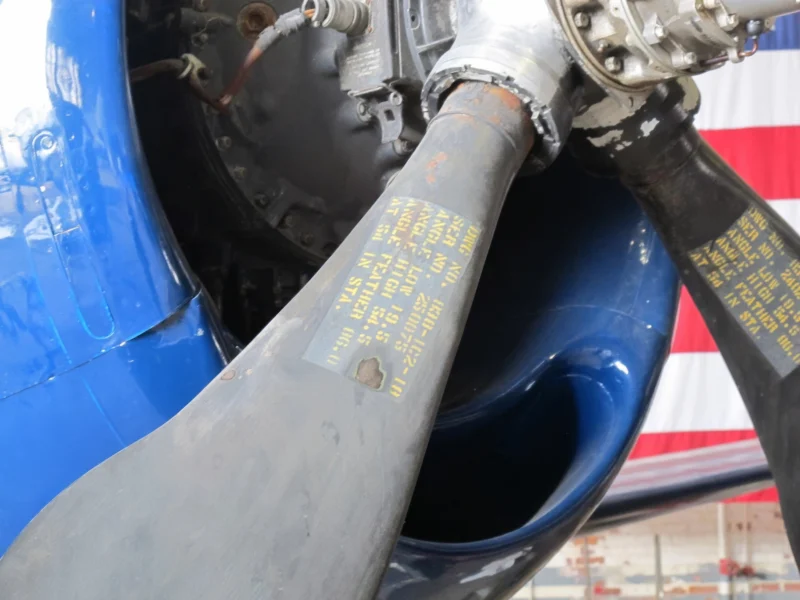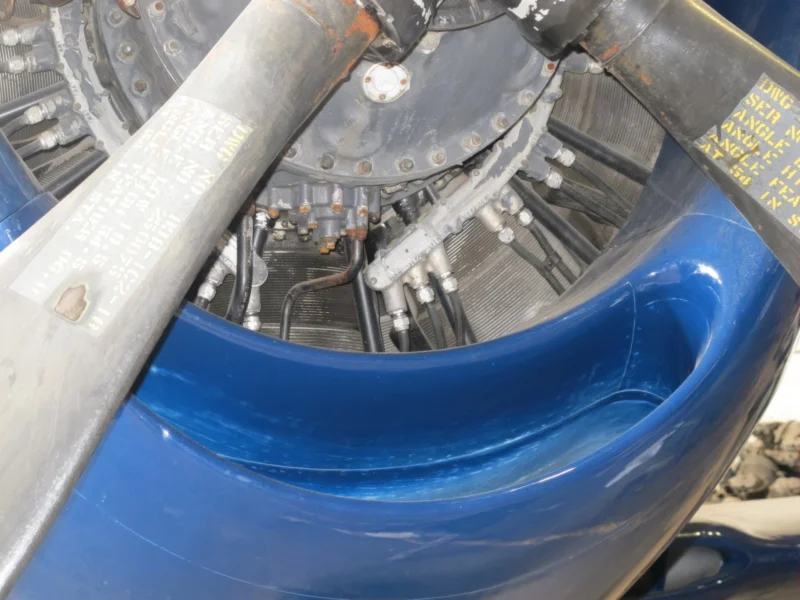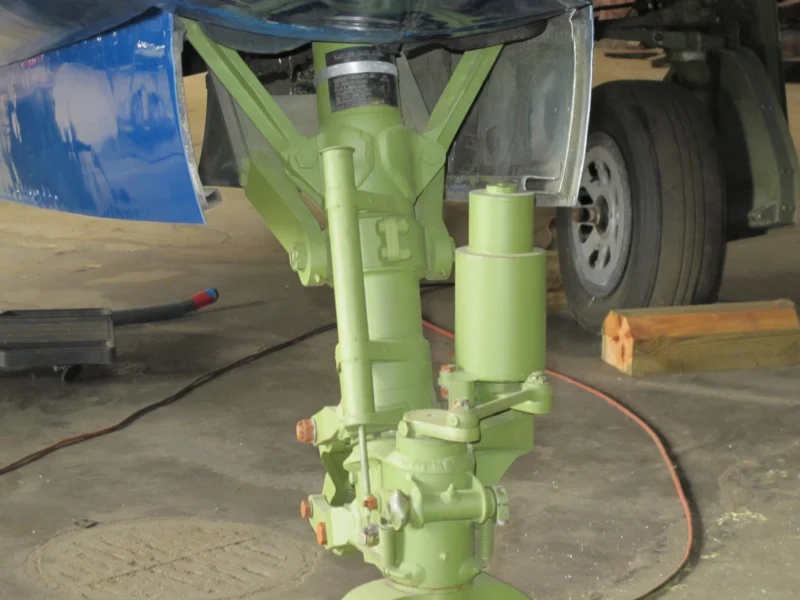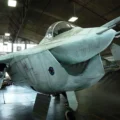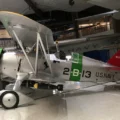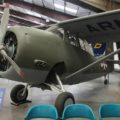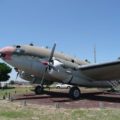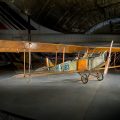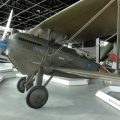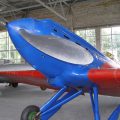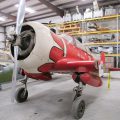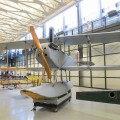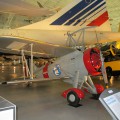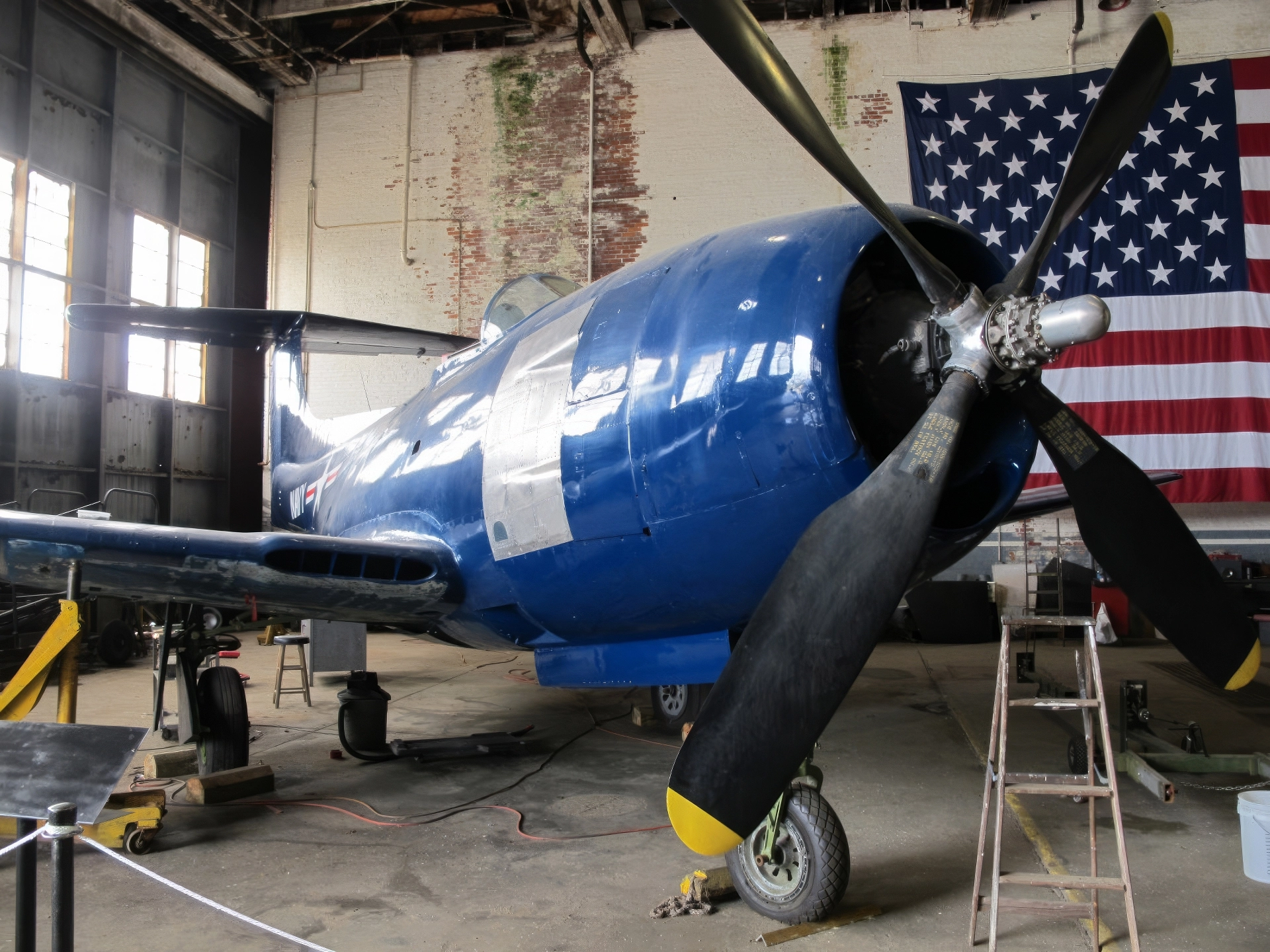
Curtiss XF15C-1 | |
|---|---|
| Krajiny | Spojené štáty americké |
| Typ | Prototyp stíhačky so zmiešaným pohonom |
| Fotograf | Vladimír Jakubov |
| Tému | Album 67 fotografie prechádzky «Curtiss XF15C-1» |
Fotogaléria Curtiss XF15C-1, The Curtiss XF15C-1 was a mixed-propulsion fighter prototype of the 1940s. The first flight of the first prototype was on 27 February 1945, without the turbojet installed. When this was completed in April of the same year, the aircraft flew several mixed-power trials, however on May 8 it crashed on a landing approach. The second prototype flew for the first time on 9 July, again in 1945, and was soon followed by a third prototype. Both aircraft showed promise, however by October 1946 the Navy had lost interest in the mixed-power concept and cancelled further development.
Zdrojový: Curtiss XF15C-1 na Wikipédii
| Info | |
|---|---|
| Úlohu | Bojovník |
| Výrobca | Spoločnosť Curtiss Letún a motorová spoločnosť |
| Prvý let | 27. februára 1945 |
| Počet vstavaných | 3 |
Pozri tiež:
Curtiss XF15C-1 bolo experimentálne stíhacie lietadlo navrhnuté spoločnosťou Curtiss-Wright Corporation počas druhej svetovej vojny. Mala to byť lietadlová stíhačka, ktorá by mohla operovať vo vysokých nadmorských výškach a rýchlostiach pomocou kombinácie vrtule a prúdového motora. XF15C-1 bol jedným z prvých lietadiel so zmiešaným pohonom, ktoré lietali v Spojených štátoch, a jediným svojho druhu, ktorý postavil Curtiss.
XF15C-1 mal konvenčný trup s bublinkovou strieškou a podvozkom zadného kolesa. Krídla boli otočené dozadu na 35 stupňov a v koreňoch krídel mali namontované štyri 20 mm delá. Vrtuľa bola poháňaná hviezdicovým motorom Pratt & Whitney R-2800-34W, zatiaľ čo prúdový motor bol prúdový motor Allison J33-A-1 namontovaný v zadnej časti trupu. Prúdový motor mal zasúvateľný prívod pod trupom a výfukovú dýzu nad chvostom. Vrtuľa a prúdový motor môžu byť prevádzkované nezávisle alebo spoločne, v závislosti od letového režimu.
XF15C-1 uskutočnil svoj prvý let 27. februára 1945, pilotovaný testovacím pilotom Curtiss Harvey Grayom. Letové testy odhalili určité problémy so stabilitou a riadením, ako aj nadmerné vibrácie a prehriatie prúdového motora. Lietadlo tiež trpelo slabým výkonom pri nízkych rýchlostiach a nadmorských výškach kvôli odporu a hmotnosti vrtule. XF15C-1 dosiahol maximálnu rýchlosť 414 mph (666 km / h) pri 25 000 ft (7 600 m) s oboma motormi v prevádzke, ale iba 314 mph (505 km / h) so samotnou vrtuľou.
Program XF15C-1 bol zrušený v októbri 1945 po tom, čo boli postavené a vzlietnuté iba tri prototypy. Námorníctvo sa rozhodlo zamerať na čisté prúdové stíhačky namiesto návrhov zmiešaného pohonu, ktoré boli považované za zastarané a zložité. XF15C-1 bol inovatívny, ale neúspešný pokus vytvoriť všestrannú stíhačku, ktorá by mohla kombinovať výhody vrtule aj prúdového pohonu.

Pohľady : 2090
